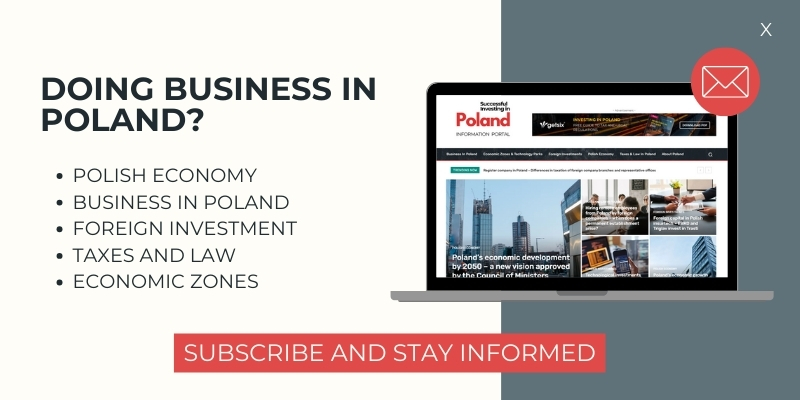In the European Union VAT system, VAT exemptions play an important role – they relieve businesses in certain situations, particularly in cross-border transactions. One such case is the re-importation of goods previously legally exported from the EU. However, does every formal error during re-importation deprive a business of the right to VAT exemption?
The Court of Justice of the European Union answered this question in its judgment of 12 June 2025 in case C‑125/24 Palmstråle. This ruling clarifies how to treat cases where formal customs obligations are breached but the substantive conditions for applying tax preferences are met.
Case background – how did the dispute arise?
The CJEU proceedings concerned a Swedish entity – a sport horse owner – who temporarily exported the animals to Norway (a third country) to participate in competitions. After the event, the horses returned to EU territory, but they were not declared for release for free circulation nor presented to customs authorities upon return to Sweden.
During a road check, the Swedish Customs Administration found that customs obligations had been breached. As a result, although no import duties were levied, a VAT liability was considered to have arisen. The VAT amount was set at SEK 41,178 (approx. EUR 3,750).
The case passed through the Swedish administrative courts and ultimately reached the Supreme Administrative Court, which referred a preliminary question to the CJEU on the conditions for VAT exemption in the case of re-imported goods.
Key preliminary question
The court asked whether Article 143(1)(e) of the VAT Directive and Articles 203 and 86(6) of the Customs Code should be interpreted to mean that both material and procedural conditions must be met in order to grant exemption from import duties – and thus from VAT – in the case of re-importation, if the customs debt arose from failure to present the goods?
Provisions of the VAT Directive and Customs Code – legal basis
The legal basis for the CJEU’s analysis included the following provisions:
VAT Directive – Article 143(1)(e)
“Member States shall exempt […] the reimportation, by the person who exported them, of goods in the state in which they were exported, where those goods are exempt from customs duties.”
Union Customs Code – Article 203(1), (5), and (6)
“Non-Union goods which, having originally been exported as Union goods from the customs territory of the Union, are returned to that territory within a period of three years and declared for release for free circulation shall, upon application by the person concerned, be granted relief from import duty.”
“The relief from import duty shall be granted only if goods are returned in the state in which they were exported.”
“The relief from import duty shall be supported by information establishing that the conditions for the relief are fulfilled.”
Union Customs Code – Article 86(6)
“[…] relief or exemption shall also apply in cases where a customs debt is incurred pursuant to Articles 79 […], on condition that the failure which led to the incurrence of a customs debt did not constitute an attempt at deception.”
CJEU’s position: good faith must not be ignored
The Court of Justice of the European Union ruled that formal irregularities, such as failure to file a customs declaration or failure to present goods to customs authorities, do not automatically preclude the right to VAT exemption if the substantive conditions are met and the taxpayer’s actions do not constitute deliberate abuse.
In its reasoning, the Court emphasized the need to assess the factual circumstances, i.e., whether the goods actually returned to the EU in an unchanged state and whether the taxpayer attempted to circumvent the law.
This judgment aligns with the CJEU’s consistent case law referring to the principles of proportionality and good faith. As Recital 38 of the Customs Code states:
“It is appropriate to take account of the good faith of the person concerned in cases where a customs debt is incurred through non-compliance with the customs legislation and to minimise the impact of negligence on the part of the debtor.”
In practice, this means that a formal breach is not sufficient – authorities must prove deliberate intent or gross negligence. The burden of proof lies with the administration, not the entrepreneur.
Notably, the Court agreed with Advocate General Juliane Kokott, who stated that VAT law and customs law are independent. In her opinion, since there was no consumption or increase in value, and the violation was technical in nature and not an attempt to circumvent the regulations, the procedural violation alone should not preclude the right to VAT exemption.
Practical implications for businesses and advisors
The C-125/24 Palmstråle judgment has practical implications for those involved in cross-border transactions – including businesses, tax advisors, and compliance departments.
- VAT exemption on re-import is not just about formality
- Not every procedural mistake (e.g., failure to declare) results in a VAT liability.
- Crucial is documentation proving that the goods were previously exported and returned unchanged.
- Importance of documentation and due diligence
- Retain proof of export and re-import (e.g., transport documents, product passports, customs confirmations).
- In case of errors, promptly notify authorities and request corrective procedures (e.g., late declaration).
- What should advisors consider?
- A literal interpretation of the regulations is not sufficient – when assessing the VAT risk associated with re-importation, the economic context and the actual course of operations must also be taken into account;
- In the event of formal irregularities – e.g., failure to submit a customs declaration – it will be crucial to demonstrate that there was no attempt to circumvent the law;
- The CJEU ruling and the opinion of Advocate General Juliane Kokott can be an effective tool for defense against authorities in disputed situations.
The CJEU judgment in Case C‑125/24 Palmstråle sends an important signal to businesses and administrations: tax law should take into account the actual economic context and the taxpayer’s good faith, rather than relying solely on formalism.
The Court clearly indicated that fulfillment of the substantive conditions for VAT exemption may be sufficient, even if the importer has committed procedural irregularities, provided that these were not intentional and did not serve to abuse the law.
This ruling changes the perspective: re-import controls should focus on the substance of the transaction, not just on meeting every formal requirement.
For businesses, this is real protection against excessive fiscalism. For the authorities, it is a reminder that taxes should serve to fairly tax actual events, not to punish procedural oversights.
Legal basis:
- Council Directive 2006/112/EC of 28 November 2006 on the common system of value added tax
- Regulation (EU) No 952/2013 of the European Parliament and of the Council of 9 October 2013 laying down the Union Customs Code (recast)
- Judgment of the Court of Justice of 12 June 2025 in Case C‑125/24 [Palmstråle]





